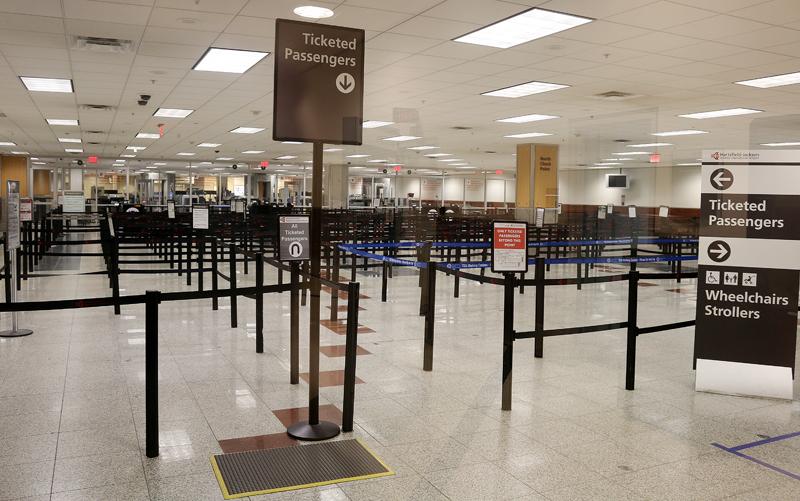The Greater Orlando Aviation Authority — under which Orlando International Airport operates — has become the first airport in the United States to commit to processing all arriving and departing international travelers with a form of biometric technology known as facial recognition technology.
Commitment to Facial Recognition Technology to Expand to More Airports in the United States?
“A facial biometric capture device (camera) can be installed at an airline or airport departure gate without any significant changes to existing airport physical infrastructure”, according to this article from the official Internet web site of the United States Customs and Border Protection agency. “A biometric entry-exit system based on facial recognition is minimally disruptive to the flow of travel.”
The agency is currently testing biometric exit technology at 13 major airports across the United States, with claims that “the facial recognition verification process takes less than 2 seconds, with a 99 percent matching rate” — meaning that international travelers will purportedly experience a more efficient and streamlined security process which is seamlessly integrated into the boarding process at the airport without sacrificing safety and security.
In addition to Orlando International Airport, the United States Customs and Border Protection agency “has facial recognition operations in Miami, Atlanta, New York JFK, San Diego, Houston (Intercontinental and Hobby), Washington Dulles, Las Vegas, Chicago O’Hare, and Preclearance locations in Aruba, Abu Dhabi, and Ireland (Shannon and Dublin).” Partnerships have also been developed with Delta Air Lines — which allows members of Delta Sky Club who are also members of CLEAR to use fingerprints for access to lounges — JetBlue Airways, British Airways, Lufthansa and Air New Zealand; and further partnerships with both public and private entities will continue to be developed by the federal agency.
The House of Representatives of the United States mandated back in 2004 that a biometric entry and exit system be developed; and in 2013, the United States Customs and Border Protection agency was charged with the operations and entry and exit system — as well as the deployment of new technologies to verify the identities of travelers — both when they arrive and when they leave the United States — by matching each traveler to the document which he or she is presenting.
What About Privacy Concerns?
The United States Customs and Border Protection agency claims to be committed “to its privacy obligations and has taken steps to safeguard the privacy of all travelers. CBP has published several Privacy Impact Assessments, employed strong technical security safeguards, and has limited the amount of personally identifiable information used in the new biometric process.”
Try to convince some readers of The Gate of that assurance. “Biometric use on a large scale facilitates biometric misuse/privacy invasion on a large scale. It’s just that the proverbial iceberg hasn’t yet revealed all of itself and hit the Titanic hard”, GUWonder — who is a reader of The Gate — wrote in this comment earlier this year. “The more widely biometrics is used for locking/unlocking/accessing/utilizing facilities (be it buildings, electronic/mechanical devices, government services, flight services, border control, etc.) , the more likely biometric misuse/privacy invasion will happen and mean more widespread problems for the compromised individual. And since you can’t change your biometrics all that easily as strong passcodes, being subjected to compromised biometrics will leave a person less able to get problems “fixed” as easily as when a weak alphanumeric passcode may be subject to being circumvented by a quick brute force attack or when the passcodes (biometric or otherwise) have been subject to a noted data leak.”
Summary
As airports will be required to pay for and implement these biometric systems, you can bet that the cost will eventually be passed on to you and other travelers.
I am still not completely convinced that biometrics is the way to go, as I do not support the idea of voluntarily giving up what little privacy I may have left in this world in order to purportedly keep sensitive information about me more secure. I am also skeptical that biometrics will work 100 percent of the time as intended. What will happen when things go wrong — such as a technological glitch which could prevent the biometrics from working properly and denying you access to what you either want or need?
Life has become easier in some ways due to the implementation of technology in general; but it has also become more difficult in other ways. In which camp does facial recognition technology belong?
The airport which serves the greater Atlanta metropolitan area is one of the airports in which facial recognition technology is in operation. Photograph ©2016 by Brian Cohen.

